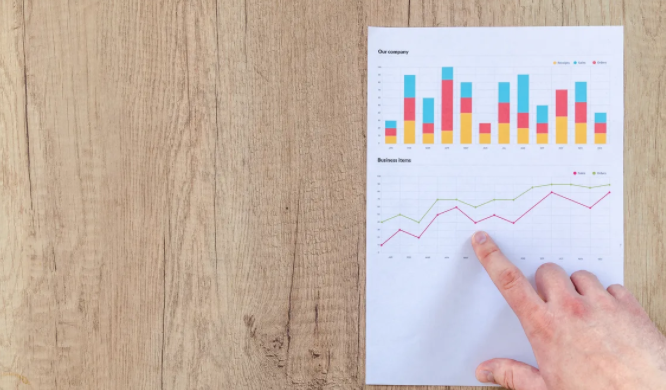The challenge facing business owners and CEO today isn’t a lack of data to help with key decision-making processes. Instead, it seems virtually impossible to sort through mountains of information in order to find the threads that pertain to business operations, customer service, and related functions.
This is where data analytics comes in. Through a careful analysis of raw data gathered from a diverse range of sources, businesses uncover the needles in the haystack (early-stage market trends, changing customer needs, etc.) that can dramatically alter the way they operate.
The process starts with getting into a data-driven mindset.
Using data to see what works
Using the framework of a company’s mission and structure, data analytics enables leaders to determine “what can be used, what works, and what can be improved upon,” notes DATAVERSITY.
By compiling information from within the organisation and beyond to the industry at large, a business can evaluate where operational refinements need to be made and how sales trends affect a business’s overall performance. Data analytics also helps pinpoint gaps in the market where new opportunities might present themselves.
Using data in the right way offers “real-time insights into finance, sales, marketing, product development, and other processes,” notes Softweb Solutions. This information “enables employees to view data in context and make smarter business decisions” about products and services.
What aspects of business operations are most useful to review with data analytics? Here’s a brief rundown:
Customer profiles
A business should have a thorough understanding of all facets of their target audience, including:
- Past and present buying behaviours
- Pain points and customer challenges
- Where customers like to shop, and by what methods
- Why they leave one company and move to another
- What they might choose to buy in the future
Gathering and analysing data using these guidelines leads to acquiring more precise customer engagement through multiple channels and refined segmentation. The information can be leveraged to generate highly detailed customer profiles that make it easier to predict what a customer wishes to buy and other related behaviors.
“More interesting, data can be used to match the best sales reps to specific demographics” to enhance customer service and close more sales, notes entrepreneur and investor John Rampton.
Identifying and forecasting trends
A variation on data analytics, called predictive analytics, employs machine learning and statistical algorithms to frame data from past customer interactions and other sources. Understanding what’s gone on before offers leaders a path to forecasting what lies ahead—in buying trends, changing customer needs, and so on.
This can be critically important in the strategic planning process, and in deciding where to focus resources and manpower in the years to come.
Performance of competitors
Every business has one (or more) competitors. Data compiled from a range of sources provides insights into where competitors are focusing their efforts—information that also helps plan for the future.
For example, easy-to-navigate resources like Google Trends, along with other social media analytic tools, can track the performance of a particular brand or product in the marketplace.
In this way, says John Rampton, “if your competitor is getting more media coverage and social mentions, then you should compare their content and campaigns” to your own and determine why their efforts are more productive.
Information grows exponentially all the time. Data analytics is a highly useful way to leverage this situation and become more comfortable (throughout the organisation) with a data-driven mindset. As Digitalist Magazine notes, data analytics is a formidable tool with the “potential to enhance efficiency, improve customer relationships, and help businesses identify and resolve potential issues more easily.”
In other words, analysing data for usable insights can significantly improve operations and performance—key objectives for every business.


